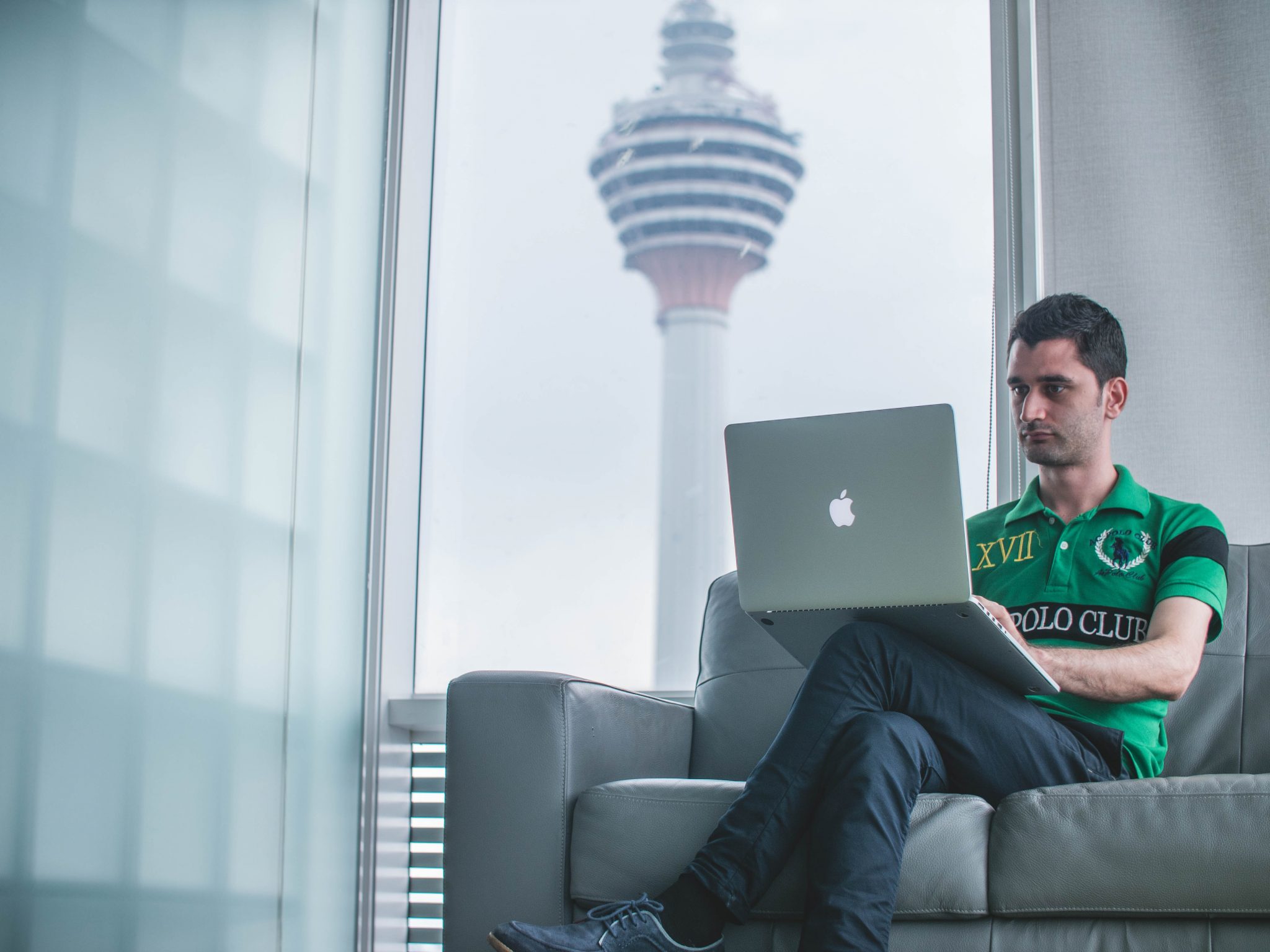Rapid response codes or QR’s lead the transition to a cashless economy.
Banks such as Citibanamex, HSBC and e-commerce platforms such as Mercado Libre, Amazon and Alibaba are committed to this technology to be the engine of digital transactions without cash and focused on banking through a smartphone.
The predictions
Globally, JP Morgan estimated that by 2021 the digital payments will register a volume of transactions of 4,600 billion dollars and stressed that these codes, which you can read with the camera of a smartphone and can make a payment, which lead this category .
Although for now China is the territory with the most adoption of this trend, Mexico already appears in the projections of analysts such as Boston Consulting Group (BCG), who warned at the end of 2018 that both government and private entities were collaborating to promote the path to an economy without cash and that one of the viable ways was the adoption of QR codes, given the high penetration of smartphones in the country.
Smartphones, globally growing
Currently in Mexico there are 64 million active smartphones, according to figures from the Competitive Intelligence Unit (CIU) and after the recent launch of CoDi (Digital Collection) in the 82nd Banking Convention by Banxico, there is already a system to enable the payments with QR over which names like Citibanamex and MercadoLibre, with its transactional arm, MercadoPago, seek to place themselves at the forefront of the adoption and development of these services.
“It is expected more off line participation of payments of this type by generally eCommerce firms” BCG said in a report on global digital payments at the beginning of 2019.
For fintechs, QR is the option
Santiago Bugallo, director of Mercado Pagos in Latin America, warned in an interview that although the firm of Argentine origin was born as an eCommerce site, in the medium term the company wants to become the largest fintech in Latin America by enabling offline payments and QRs are vital part of the strategy.
Already in the third quarter of 2018, its number of transactions made offline – either through its points of payment for Point Blue cards or with QR code – exceeded those made by its traditional online business.
The landing of mobile payments
“This leaves us to take the first step to what we call the landing of mobile payments in the physical world with QR, which we launched in Argentina in July and now in Mexico and on the payer’s side is a great advantage, it is faster, you do not sign the receipt and for the seller it accelerates a lot and we are investing heavily in the processing cost for the sellers” he said in an interview with Expansión.
Bugallo said that the firm is betting on the Asian model to capitalize smartphones active in Mexico and the region and thus contribute to shortening the gap of unbanked people and advanced the launch of new services, which will be available in Mexico with QR, in the coming months .
“With a cell phone it is 80% penetration and only 30% has a credit card, then the mobile way is more viable. Although we have to build many things for it, but we are already on the road, with the QR, you can recharge balance with and soon reload your transport card also” he said.

